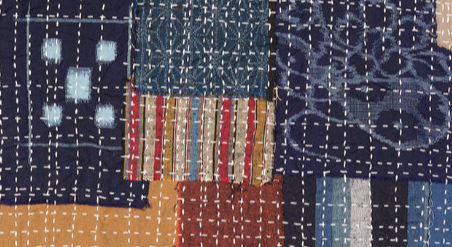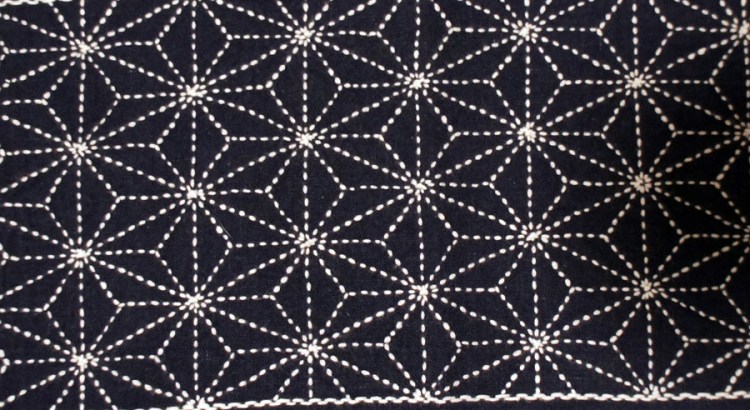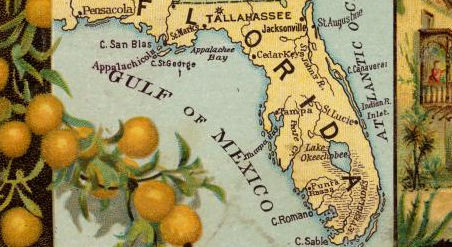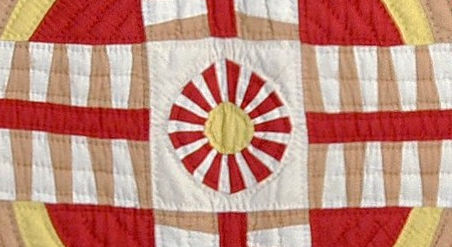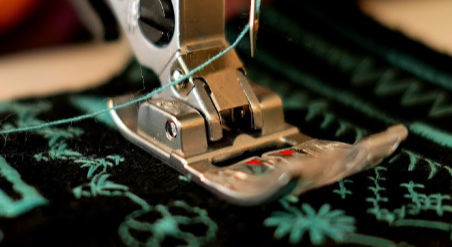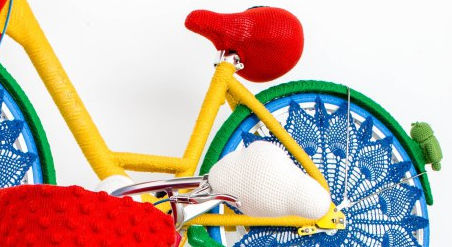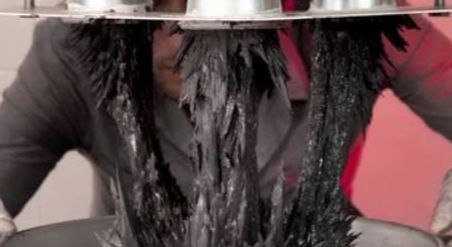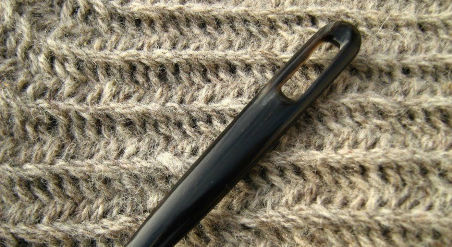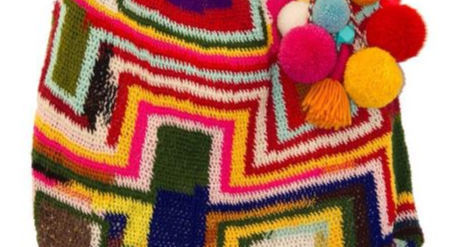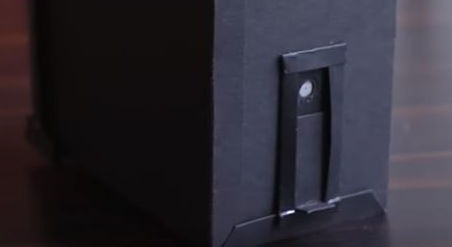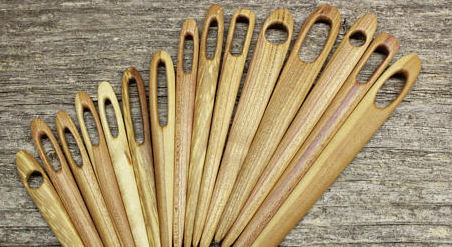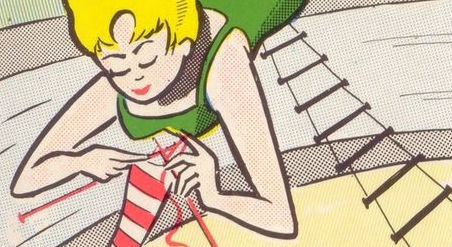How to Care for Quilts
Textiles can be compromised by folding, exposure to sun, and other environmental conditions which cause wear and tear.
By their very nature, many quilts are made up of pieces of fabric that were already compromised and worn, even before they were used to make a potential heirloom. Some fabrics are more fragile or brittle by nature than others.
Knowing how to care for textiles will help preserve fabric stashes, family keepsakes, and heirlooms for the next generations.
The International Quilt Study Center & Museum at the University of Nebraska-Lincoln houses more than 5,500 quilts, dating from the 1600's to the present. They are experts at textile conservation.
They have written a guide on best practices for preserving quilts, which they offer as a free download. This 20 page ebook, To Protect & Preserve, outlines steps they take to preserve quilts in their collection.
You can take these same steps to take the best care of your quilts.
To Protect & Preserve covers conditions to consider:
- Bugs and pests
- Lighting
- Temperature
- Humidity
- Cleaning
- Must and dust
- Rot
- Proper storage
The Smithsonian Institute’s video Quilt Care shows how they care for quilts on display and in their storage.
Explore More About Quilts
You can explore 274 of the American quilts which are available for online study in the Smithsonian Institute's National Museum of American History's National Quilt Collection. Scroll down to see thumbnail photos, and a box on the right hand side that lets you do a filtered search.
Clicking on a thumbnail photo lets you zoom in and search individual quilts, allowing you close-up views of fabric designs, needlework techniques, and overall quilt patterns and styles.
Below is another video from The Smithsonian's National Quilt Collection, showcasing several quilts in their collection.
For even more, check out Museum Collection Images, Craft Museums, and Preserving Textiles.
Below are eight curated best-selling quilting books which you might find helpful. Click on a book cover for more information on Amazon. [As an Amazon Associate I earn from qualifying purchases (at no extra cost to you).]
Home page screen grab via Quilt Care video by The Smithsonian Institute.
POPULAR POSTS
Follow a tutorial for making a patchworked bag with Sashiko topstitching. | Follow tutorials for how to create traditional Japanese embroidery stitching. | Explore a library's digitized vintage maps, which you can download for free. | Learn from a museum textile curator how to best care for your quilts. |
Learn to make a basket weave pattern quilt from scraps of fabric. | Sisters Lorna and Jill Watt create amazing yarn bomb installations . | Ceramic artists create fantastical structures using magnetic clay. | Learn about a Viking fabric-making technique which pre-dates knitting. |
Follow a tutorial for making a bilum bag - PNG's traditional fabric. | Learn to make a pinhole camera; develop paper film with common items. | Learn about a stretchy fabric made with connected loops. | Free digitized knitting magazines 1800 - now. |








